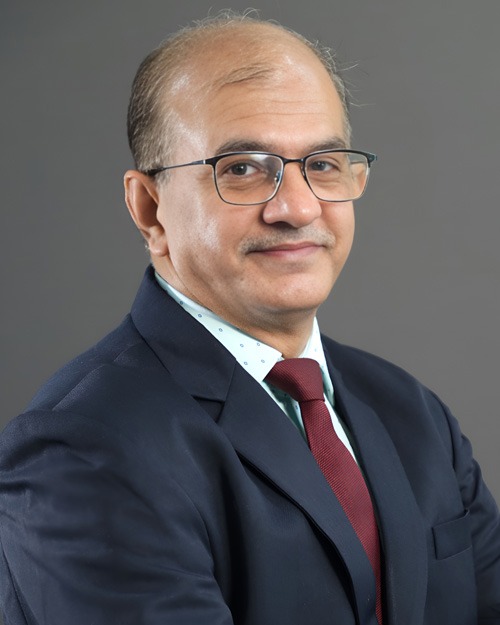Anish Sinha

Email : asinha@iiphg.org
Anish Sinha
Associate Professor & Registrar (I/C)
Dr. Sinha completed his MBBS from Govt. Medical College, Surat in the 2000. Thereafter, he pursued MD in Community Medicine from the same Medical College in the 2003. He worked for WHO-NPSP (World Health Organization- National Polio Surveillance Project- India) from 2004-2016, as State Surveillance Medical Officer, where he worked extensively for polio eradication, routine immunization, new vaccine introduction, MR vaccine Campaign, VPD & AEFI Surveillance in Gujarat, Maharashtra, Goa, Uttar Pradesh & Bihar. Dr. Sinha then joined UNDP in 2016 and implemented Electronic Vaccine Intelligence Network (eVIN) in Gujarat. Gujarat was awarded as best eVIN implementation state, for exemplary execution of eVIN in 2017. He also facilitated eVIN implementation in Indonesia. He was a member of the various State level Task Forces in Gujarat related to Immunization, Polio etc. Dr. Sinha is currently working as Associate Professor at Indian Institute of Public Health, Gandhinagar (IIPHG) from 2019. He is actively engaged in post graduate teaching and in various projects. His areas of interest are immunization, CPHC & RMNCHA, Environmental & Occupational Health.
Dr. Sinha worked on the impact of industrial pollution on public health due to use of coal gasifiers in ceramic industry in Morbi Wankaner area and assessment of damage to health. This study was supported by CPCB.
He further took up a comprehensive study of occupational health hazards and remedial measures for traffic police in the state of Gujarat. This study was done for the Traffic Police department of the Govt. of Gujarat.
Dr. Sinha also undertook cluster randomized controlled trials (cRCT) evaluating the effects of cool roofs on health, environmental and economic outcomes: a global multi-centre study whose objectives were to (A) Establish community perceptions regarding heat, climate change, and cool roof technology and identify cultural acceptability preferences towards LAM-based cool roof approaches, processes, and designs for home occupants; (B) Quantify the effects of LAM-based cool roof coatings on indoor temperature, energy use, and carbon emissions; (C) Quantify the effects of cool roof coatings on human health and well-being; (D) Estimate the incremental cost-effectiveness of cool roof coatings compared to standard roofing.
This study was conducted in Sonora, Mexico; Ouagadougou, Burkina Faso; Ahmedabad, India; and Niue, Oceania. For this study, four LMIC sites with poor housing conditions, high solar radiation, and external temperature, making occupants vulnerable to extreme heat, were chosen. While all sites comprised populations at high risk of extreme heat, they were diverse in climate, culture, economic development, urbanization, and housing composition.
Understanding the impact of cool roofs on these diverse communities’ health and economic well-being is essential to identify passive cooling technologies that can be widely adopted throughout the global south.
- Impact of Heat on human health and coping strategies

